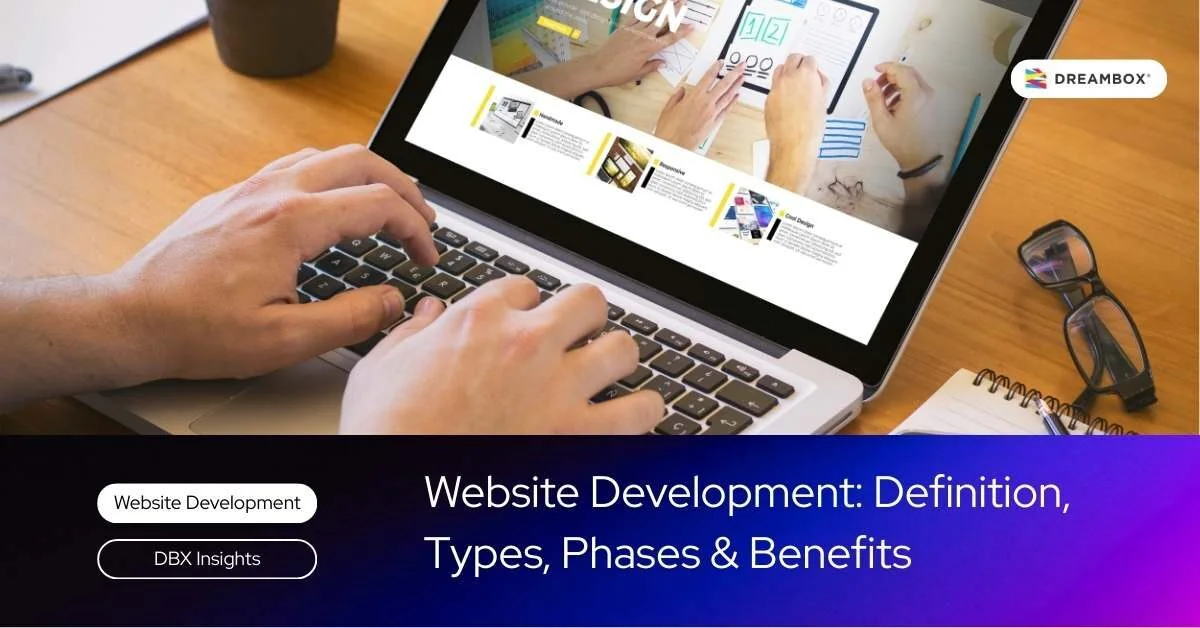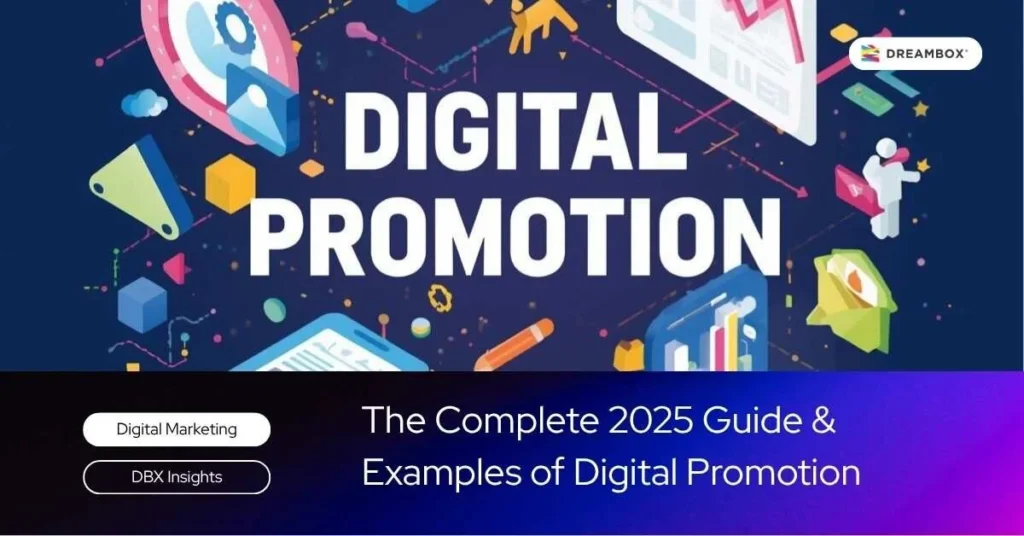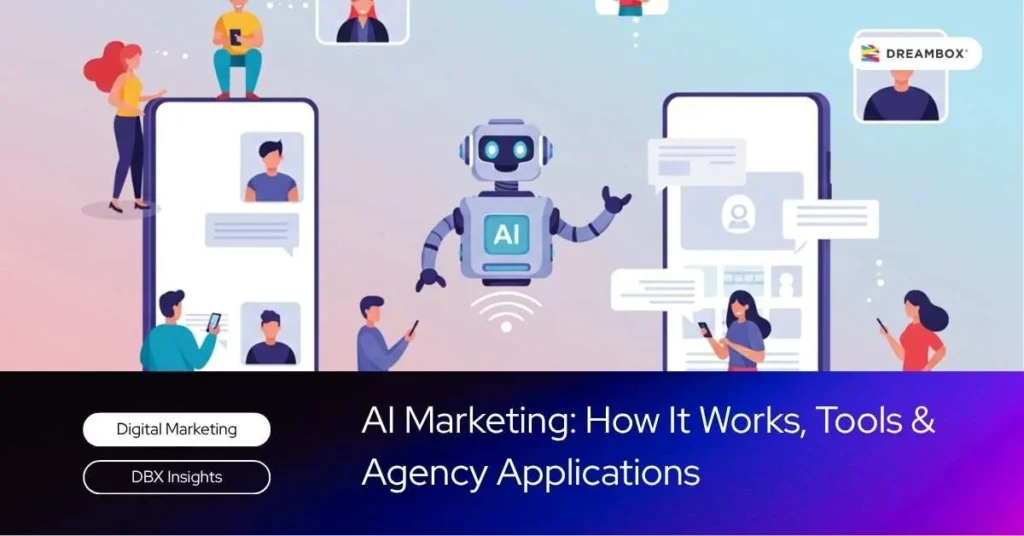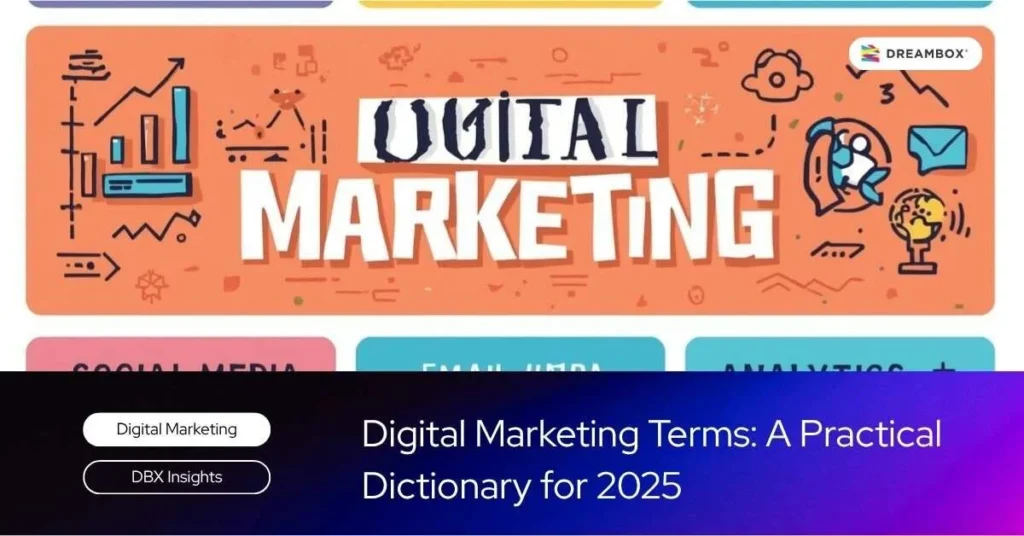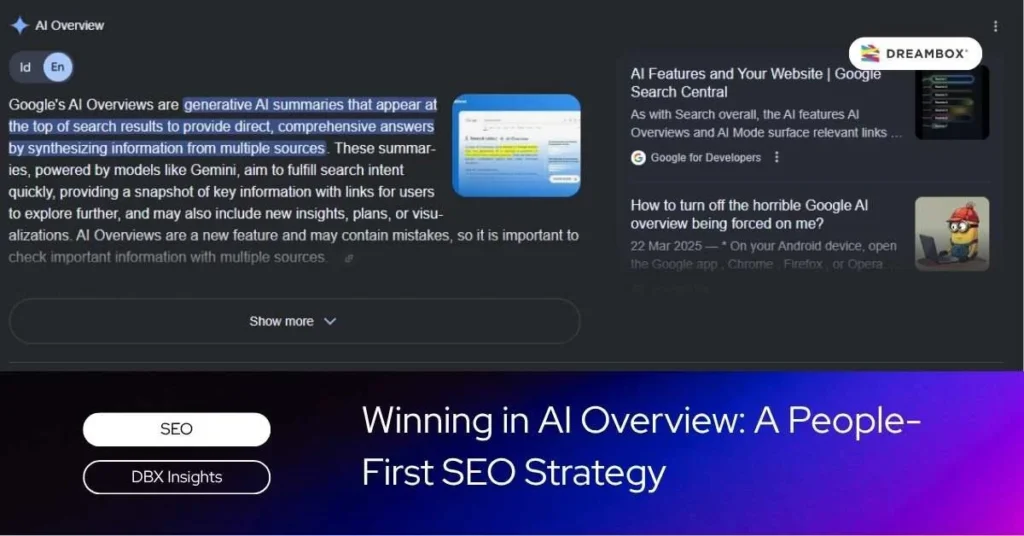Website Development plays a key role in building a business’s digital identity. With proper development, a website is not only visually appealing but also functional, secure, fast, and capable of driving conversions. This article will discuss the definition, types, phases, and benefits of website development to support your business growth.
What is Website Development?
Website Development can be understood as the process of designing, building, and maintaining a website to ensure it remains optimal in terms of functionality, speed, security, and user experience. This process involves more than just visual design; it also includes technical performance, clean code structure, and a satisfying user experience (UX).
In today’s digital world, a website serves as a primary point of interaction between businesses and customers. A well-designed website can enhance credibility, expand audience reach, and contribute significantly to sales conversions.
Types of Website Development
1. Front-End Development
Focuses on the look and user interaction (UI/UX). It involves HTML, CSS, and JavaScript to create an engaging and responsive experience.
2. Back-End Development
Deals with servers, databases, and programming logic. Languages like PHP, Python, Ruby, or Node.js ensure the website operates smoothly.
Schedule a free 30-minute branding consultation session with our experts.
3. Full-Stack Development
Combines both front-end and back-end development. A full-stack developer is capable of managing all aspects of the website, from the user interface to the server system.
4. Mobile Development
Involves building mobile-friendly websites or applications so that smartphone users have a seamless experience when accessing the site.
5. E-Commerce Development
Focuses on building online store websites with transaction features, shopping carts, and product management systems.
Essential Skills in Website Development
To build a functional website, the following core skills are required:
-
HTML (Hypertext Markup Language) → The basic structure of web pages.
-
CSS (Cascading Style Sheets) → Manages the visual appearance and responsive design.
-
JavaScript → Adds interactivity to websites, such as form filling, image sliders, and scrolling animations.
-
Framework & Libraries → React, Vue.js, Angular, Laravel, or Django to speed up development.
-
Database Management → MySQL, PostgreSQL, MongoDB to manage data.
-
Version Control → Git for collaboration and code versioning.
Phases of Website Development
1. Planning & Research
Identifying business goals, target audiences, and required features. Data analysis is performed to ensure the website meets its objectives.
2. Design (UI/UX Design)
Creating wireframes, mockups, and user journeys with intuitive and attractive designs. The focus is on accessibility and providing a comfortable user experience.
3. Development (Coding)
Implementing the design into code using clean coding practices. Modern frameworks are used for both front-end and back-end.
4. Testing & Launch
Conducting User Acceptance Testing (UAT), debugging, and ensuring compatibility across browsers and devices. The website is then launched to a live server.
5. SEO Optimization
Optimizing meta tags, heading structures, internal linking, schema markup, and sitemaps to ensure the website is easily found on search engines.
6. Maintenance & Monitoring
Regular updates, bug fixes, and feature enhancements are made to keep the website performing well and secure.
Tools & Technologies Commonly Used
-
Front-End Frameworks → React, Angular, Vue.js
-
Back-End Frameworks → Laravel (PHP), Django (Python), Express.js (Node.js)
-
Databases → MySQL, PostgreSQL, MongoDB
-
Version Control → Git/GitHub
-
Content Delivery Networks (CDN) → Cloudflare, AWS, Akamai
The Importance of Website Development for Business
-
📈 Increase Brand Awareness – A well-designed website helps businesses be more recognized by a wider audience.
-
🔒 Strengthen Credibility – A professional website is more trusted than relying solely on social media.
-
🤝 Improve Interaction & Engagement – A website enables direct communication via chat, forms, or email.
-
⚡ SEO & Traffic Optimization – An optimized website is more likely to appear on the first page of Google.
-
💰 Efficient & Cost-Effective – A website is cheaper than traditional advertising and reaches a global audience.
Challenges in Website Development
-
🚨 Browser & Device Compatibility – The website must function properly on different platforms.
-
🔒 Data Security – Protecting from cyber threats is critical in managing the website.
-
⚡ Website Speed Optimization – Slow websites can result in high bounce rates and lower conversions.
-
🛠 Team Collaboration & Project Management – Development involves multiple teams working in collaboration.
By choosing the right Website Development services, businesses can leverage digital technology to enhance visibility, engagement, and customer conversions.
Successful Website Development Case Studies
At Dreambox, we have helped various brands build and grow their websites using modern technologies, user-friendly designs, and systems optimized for SEO and best performance. Here are a few clients who have entrusted us with their website development:
1. RS Bunda Group
In this project, we redesigned RS Bunda Group’s website with the challenge of Conveying Quality in a Digital Format. We created a modern UI/UX design and a more responsive backend system.
-
Challenge: Integration of online appointment system & doctor search functionality.
-
Solution: Modern UI/UX design, responsive backend, database optimization, and SEO.
-
Results: +62.76% keyword index, over 10,000 visitors, high engagement (55.76%).
2. PT Sucofindo (Sucof)
We developed PT Sucofindo’s website with a WordPress-based approach, ensuring the website could grow with the business. UI/UX improvements also enhanced user interactions.
-
Solution: WordPress-based website with interactive UI/UX design.
-
Results: Easier access for clients to information & improved digital interactions.
3. AM Mortar
Over 3 years with Dreambox, this website saw significant growth. Traffic increased by 470% in one year, showing the effectiveness of the digital strategy applied.
-
Results:
-
Traffic increased by 470% in one year.
-
77% of visitors came from organic search thanks to SEO optimization.
-
Keyword index grew by 59%, strengthening digital visibility.
-
FAQ – Website Development
1. What differentiates Dreambox’s website development service from others?
We don’t just design; we optimize websites using Google’s N-E-E-A-T SEO principles. Our focus on user experience and content credibility ensures your website is functional, attractive, and easily discoverable by search engines.
2. Does Dreambox offer website maintenance services?
Yes. Our website maintenance services include SEO, Ads, bug fixes, and security to ensure your website remains optimal, secure, and relevant to technological advancements and business needs.
3. What is the cost for website design and development?
The cost depends on the complexity and features required. We offer customized solutions based on your needs and budget to deliver the best results. Contact us for a detailed consultation and quote.
4. Why should I use professional website development services?
Professional services ensure that your website has good design, easy navigation, and is mobile-friendly. We also optimize speed and SEO to ensure your website is easily accessible by your target market, just like a strategically located store with a lot of visitors.
Why Choose Dreambox for Website Development?
Website Development is not just about creating an attractive site, but ensuring it works well, is secure, fast, and supports business growth. With the right strategy, a website becomes a digital asset that boosts visibility, trust, and conversions. With experience in building modern, user-friendly, and SEO-optimized websites, Dreambox’s Website Development services help businesses:
-
Strengthen digital branding
-
Enhance credibility and engagement
-
Optimize website performance and visibility
👉 Want a professional, functional, and optimized website? Contact Dreambox now to start your business’s digital transformation.
Also, don’t forget to explore various insightful digital strategies on the Dreambox Blog.

